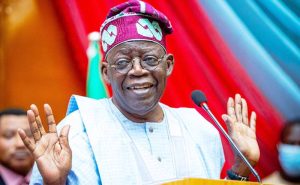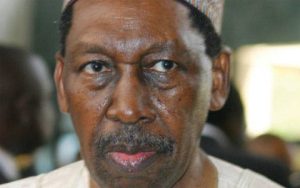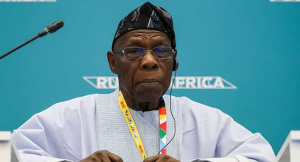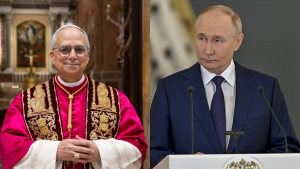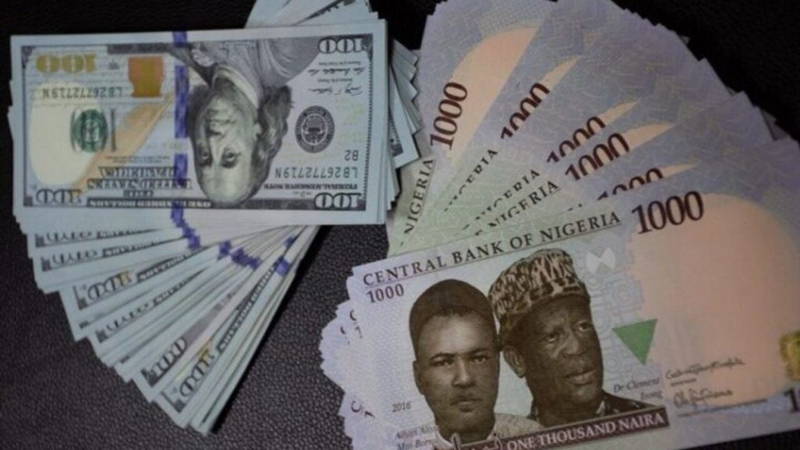
The Nigerian Naira is facing intensified depreciation, hitting a low of N1,740 per U.S. dollar in the parallel market at the close of trading last weekend. This marks a sharp reversal of the currency’s gains from earlier in the year, signaling increased volatility in the exchange rate.
While the naira showed slight resilience in the Nigerian Autonomous Foreign Exchange Market (NAFEM), where it appreciated marginally to N1,600 per dollar from N1,601.2 per dollar, analysts anticipate that sustained demand pressure could push the rate even higher. Dealers forecast that the exchange rate could reach N1,750 by the end of October, with projections indicating a further decline to N1,800 by year’s end.
This downturn comes after the naira rallied in March 2024, dropping from a peak of N1,820 per dollar to N1,240 per dollar following intervention efforts by the Central Bank of Nigeria (CBN). However, since April, the currency has experienced a steady decline, exacerbated by an acute shortage of foreign exchange supply.
Year-on-year, the naira depreciated by 70.5% in the parallel market, closing the third quarter at N1,705 per dollar compared to N1,000 per dollar in September 2023. Year-to-date, the naira has fallen by 16.7% from N1,490 per dollar in January 2024.
Monetary and fiscal authorities have attributed the currency’s depreciation to limited foreign exchange supply, impacted by factors such as oil production constraints and heightened demand. The Central Bank Governor, Mr. Yemi Cardoso, recently highlighted a correlation between Federal Account Allocation Committee (FAAC) disbursements and pressure on the foreign exchange market, suggesting that FAAC releases may be driving up liquidity and influencing exchange rates.
In response to the ongoing currency devaluation, the CBN has announced a plan to test-run a new Automated FX Trading model in November, with full implementation expected in December. This system, intended to enhance transparency and market stability, aims to counter speculative activities and mitigate market distortions.
The Finance Minister, Mr. Wale Edun, emphasized that Nigeria’s foreign exchange challenges stem from insufficient supply rather than demand-driven factors. Speaking at the World Bank Group meetings in Washington, D.C., he cited Nigeria’s need to increase oil production as a critical step to boost foreign exchange inflows.
Despite government efforts, currency traders report that a high volume of demand from importers and businesses is placing additional pressure on the naira. Many importers unable to secure foreign exchange in the official market are turning to the black market, further driving up exchange rates. With rising demand expected during the year-end holiday season, dealers anticipate further depreciation, projecting a rate of N1,800 per dollar by December if the supply-demand imbalance persists.
As the naira’s depreciation trend continues, analysts warn that the currency could rank as one of the worst-performing globally in 2024, following the World Bank’s recent classification of the naira among the least stable currencies in sub-Saharan Africa.

